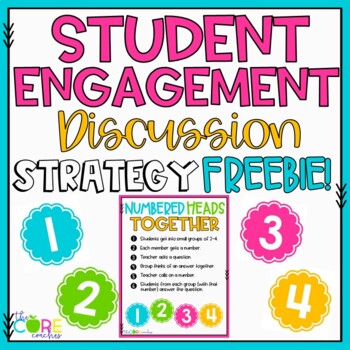Hi All! This week on the blog I want to jump into the world of Word Chains! I know we are all beginning to really focus on our small group reading and with our new decodables all set for check, out adding in some words chains will be an awesome way to support our phonics lessons. (Plus, there are word chain cards & lessons included in the supplies from Fly Leaf!)
What is a Word Chain????
A word chain is a hands on activity that helps students build neural connections for automatic word recognition. It helps to map the orthography of words to sounds. Students will explore the relationship between phonemes and graphemes as they listen for the sound change in the words. Word chaining supports phonetic patterns, manipulating sounds in words & reading words.
Students will be activity engaged in "chaining" which is a sequence of words that can be made by changing just one sound.
Changes can be at the beginning, middle or end of the word.
Here is a simple video to walk you through a word chain.
When you are planning your small group lessons, word chains would be a perfect fit for a warm up or making words activity. Connecting the skill/pattern for your chain should support your mini lesson from Letterland. Remember there is power in repetition!
When you are planning your small group lessons, word chains would be a perfect fit for a warm up or making words activity. Connecting the skill/pattern for your chain should support your mini lesson from Letterland. Remember there is power in repetition!
Word Chains can be made with the following materials:
- Magnetic Letters
- Letter Cards
- Dry Erase Boards & Markers
- Jamboard!
Click the image to grab a copy of this word chain board in Jamboard!
Be sure that you ask students to change one sound at a time.
Those changes can be:
- adding a sound
- deleting a sound
- changing a sound
Once the word has been built, students should tap under each letter and say the sound. Then run their finger under the letters and read the word.
This video from Reading in Room 11 is great for walking you through the process!
Pair this lesson with a decodable text or passage with the corresponding skill and you will make a POWERFUL connection for your students!


















